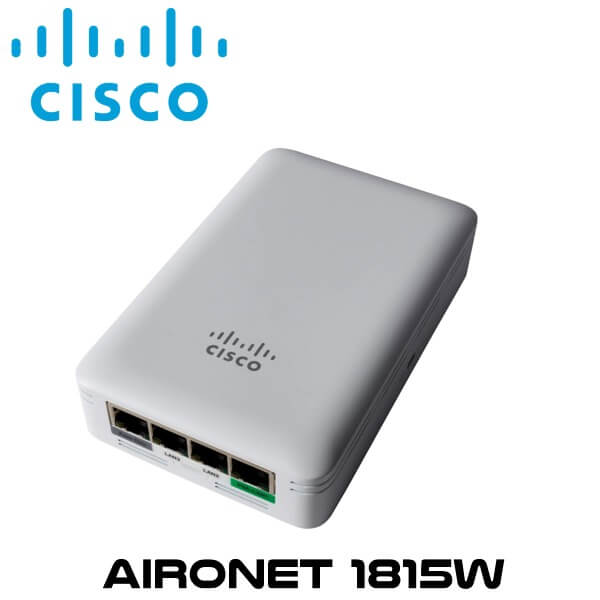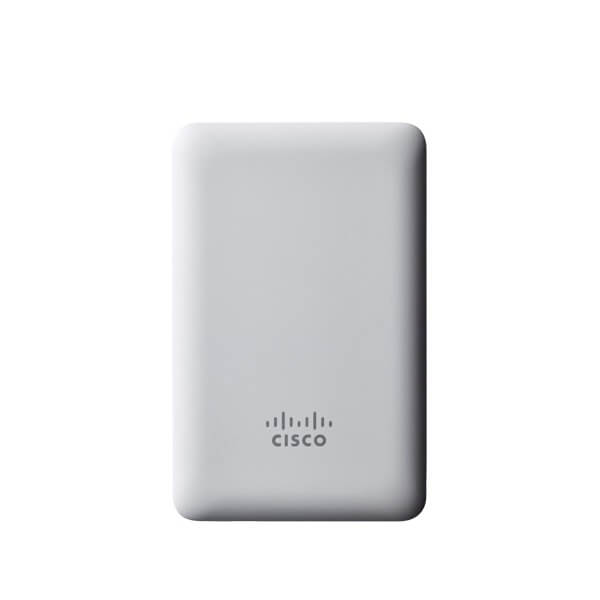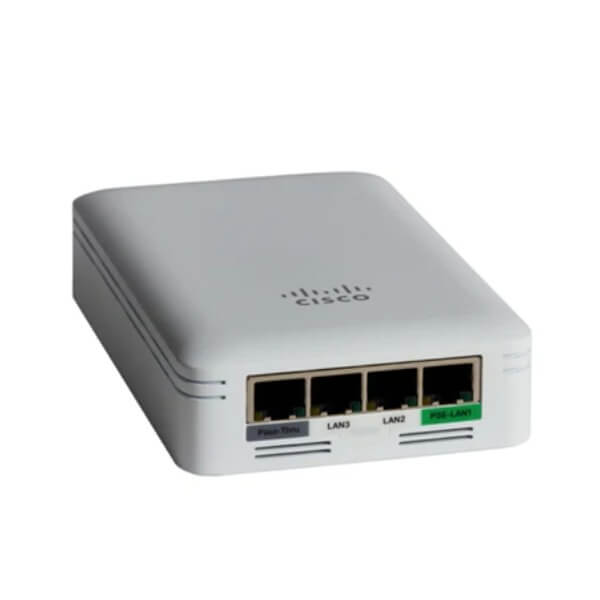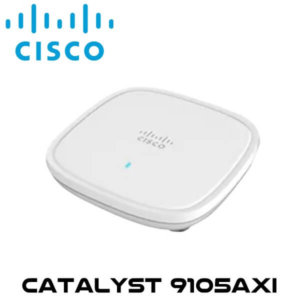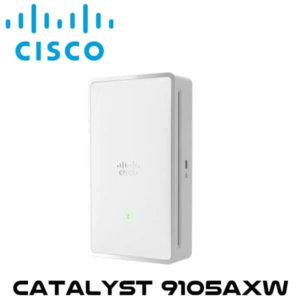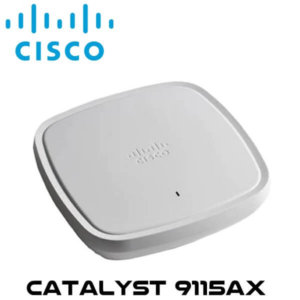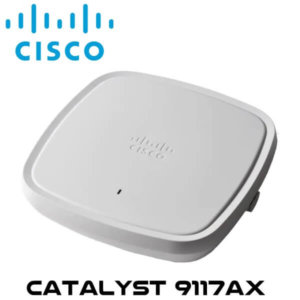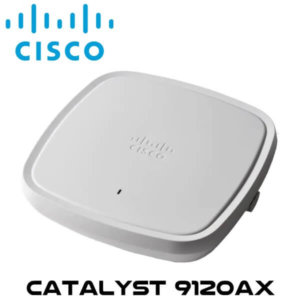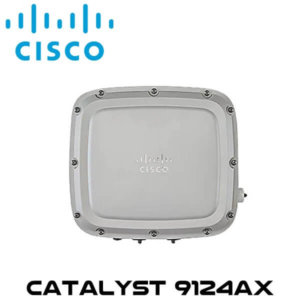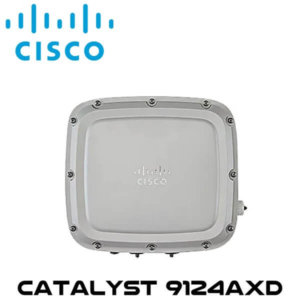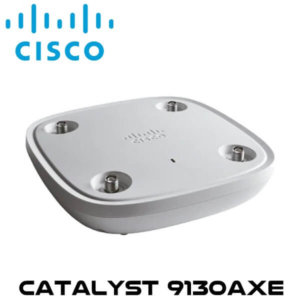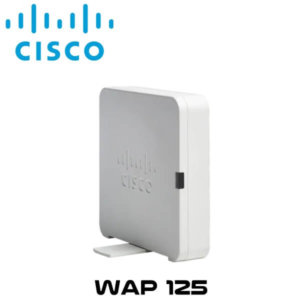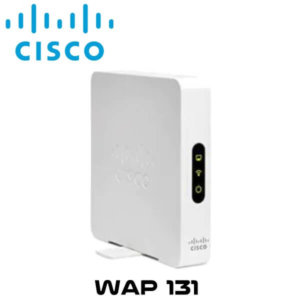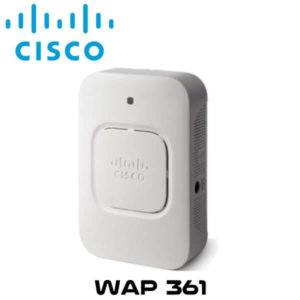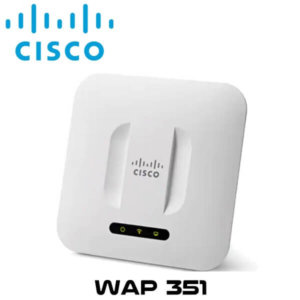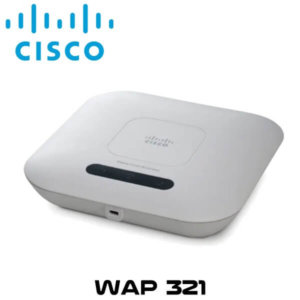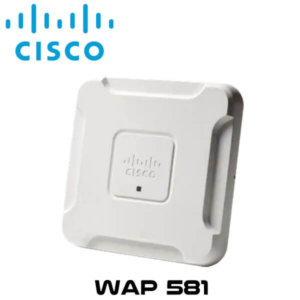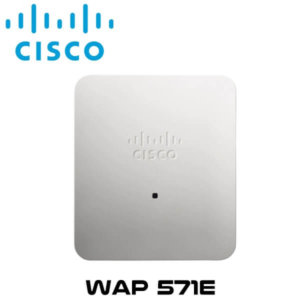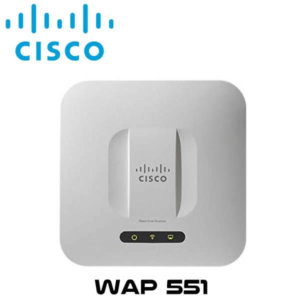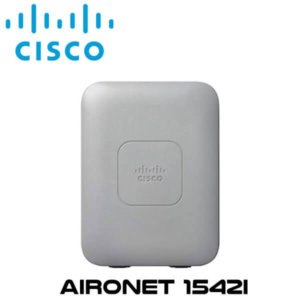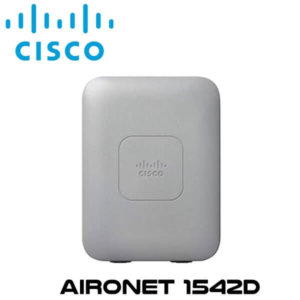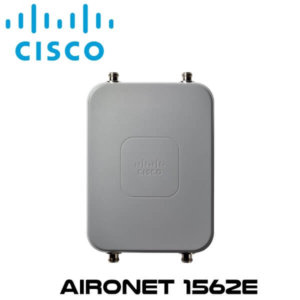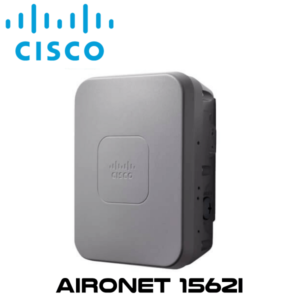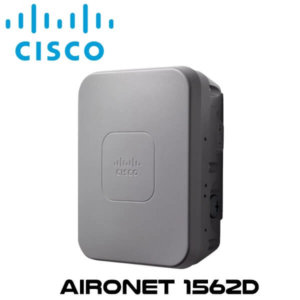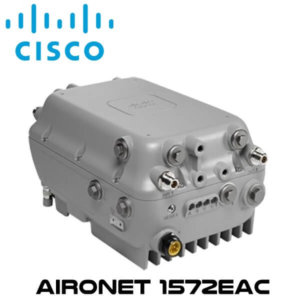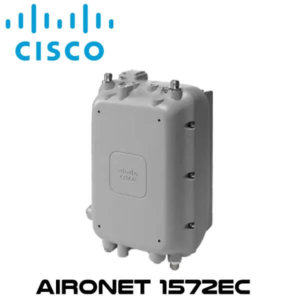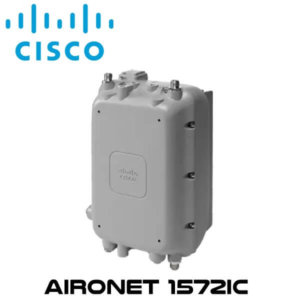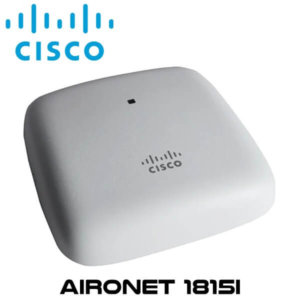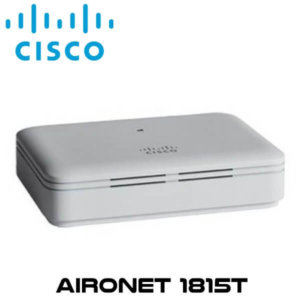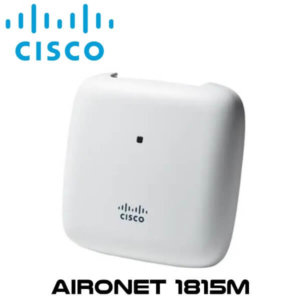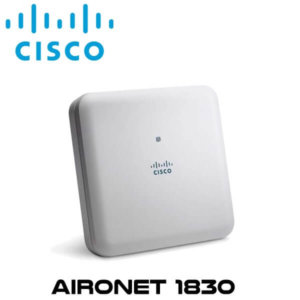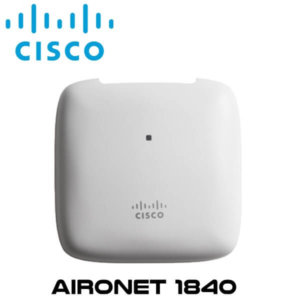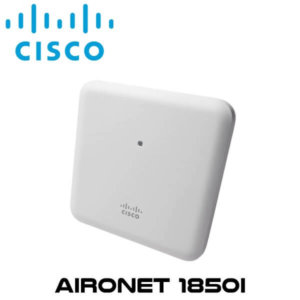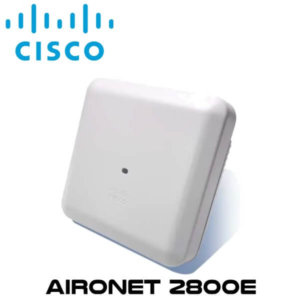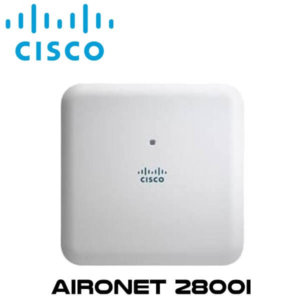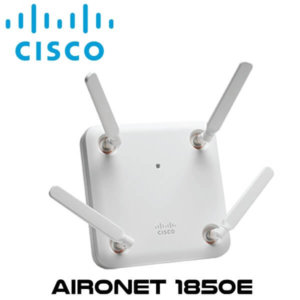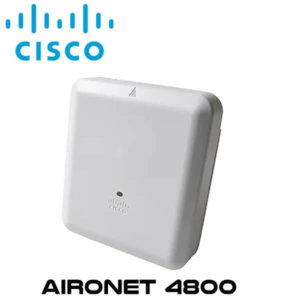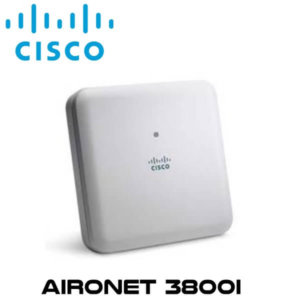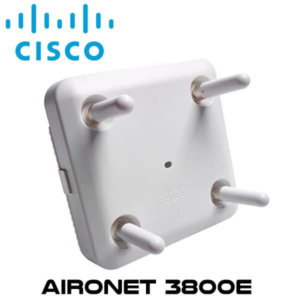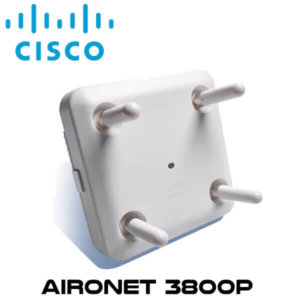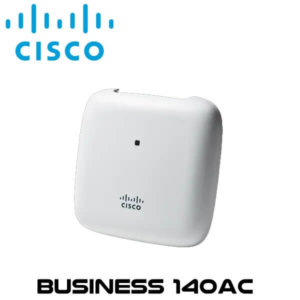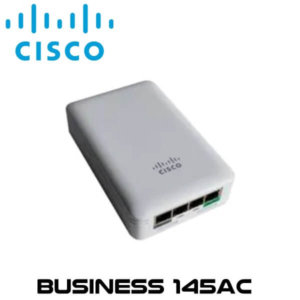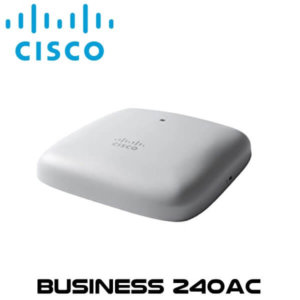Description
Cisco Aironet1815w Access Point Ghana
The Cisco Aironet1815w Ghana Access Point features a compact, wall plate mountable access point, ideal for hospitality, cruise ships, residential halls, or other multiple-dwelling-unit deployments. With a sleek design and small form factor, the Cisco Aironet 1815w Access Point brings a full slate of Cisco high-performance functionality. Packing 802.11ac Wave 2 wireless standards support and Gigabit Ethernet wired connectivity into a sleek device, the Cisco Aironet1815w Ghana is built to take full advantage of existing cabling infrastructure while blending into the visual footprint. This combination provides best-in-class performance while reducing total cost of ownership.
With 802.11ac Wave 2 standard, the Cisco Aironet1815w Ghana provides a data rate of up to 867 Mbps on its 5-GHz radio. This exceeds the data rates offered by access points that support the 802.11n standard. Cisco Aironet1815w Ghana also enables a total aggregate dual-radio data rate of up to 1 Gbps. This provides the necessary foundation for enterprise and service provider networks to stay ahead of the performance expectations and needs of their wireless users. The 1815w Cisco WiFi Ghana delivers industry-leading performance with highly secure and reliable wireless connections that provide a robust, mobile end-user experience.
Features
MU-MIMO
Cisco Aironet1815w Ghana features Multiuser (MU) multiple-input multiple-output (MU-MIMO) allowing simultaneous data transmission to multiple 802.11ac Wave 2–capable clients to improve the client experience. Prior to MU-MIMO, 802.11n and 802.11ac Wave 1 access points could transmit data to only one client at a time. This was typically referred to as single-user MIMO (SU-MIMO).
Gigabit Ethernet ports
Three local Gigabit Ethernet ports are available to securely connect wired devices to the network. Traffic from wired devices can be tunneled back to a wireless LAN controller (for compatible controllers) or be locally switched by the access point. One of these Ethernet ports can also provide Power over Ethernet (PoE) out to power a device such as an IP phone or a security camera
Cisco Mobility Express solution
Flexible deployment through the Cisco Mobility Express solution is ideal for small to medium-sized deployments that require 50 or fewer access points. Easy setup allows the Cisco Aironet1815w Ghana to be deployed on networks without a physical controller.
Integrated Bluetooth 4.1
Cisco Aironet1815w Ghana has integrated Bluetooth low-energy (BLE) 4.1 radio for location and asset tracking (future availability).
Increased Wireless Performance
The Cisco Aironet 1815w access point supports the latest 802.11ac Wave 2 standard for higher performance, greater access, and higher-density networks. With simultaneous dual radios and dual band with 802.11ac Wave 2 MU-MIMO functionality, this access point can handle the increasing number of high-bandwidth devices that will soon become a common part of the network.
Wired access
The Cisco Aironet1815w Ghana allows wired access via a single RJ-45 10/100/1000 auto detection port. It supports full operation modes using PoE 802.3af power. The 1815w comes with three local Gigabit Ethernet ports, one uplink Gigabit Ethernet port, and one passive pass-through RJ-45 port, allowing for a variety of connections.
Flexible Mounting
This sleek Cisco WiFi Ghana access point with a small form factor is designed with flexible mounting options in mind. You can mount it directly on the wall or to numerous global wall junction standards. The access point is also easy to install.
Specifications
| Authentication and security |
|
|||||||
| Software |
|
|||||||
| Supported WLAN controllers |
|
|||||||
| Maximum clients | Maximum number of associated wireless clients : 200 per Wi-Fi radio, in total 400 clients per access point | |||||||
| 802.11ac |
|
|||||||
| Ethernet ports |
|
|||||||
| Bluetooth (future availability) | Integrated Bluetooth 4.1 (including BLE) radio
Maximum transmit power: 4 dBm Antenna gain: 2 dBi |
|||||||
| Data rates supported | 802.11a: 6, 9, 12, 18, 24, 36, 48, 54 Mbps | |||||||
| 802.11b/g: 1, 2, 5.5, 6, 9, 11, 12, 18, 24, 36, 48, 54 Mbps | ||||||||
| 802.11n data rates on 2.4 GHz: | ||||||||
| MCS Index | GI = 800 ns | GI = 400 ns | ||||||
| 20-MHz Rate (Mbps) | 20-MHz Rate (Mbps) | |||||||
| 0 | 6.5 | 7.2 | ||||||
| 1 | 13 | 14.4 | ||||||
| 2 | 19.5 | 21.7 | ||||||
| 3 | 26 | 28.9 | ||||||
| 4 | 39 | 43.3 | ||||||
| 5 | 52 | 57.8 | ||||||
| 6 | 58.5 | 65 | ||||||
| 7 | 65 | 72.2 | ||||||
| 8 | 13 | 14.4 | ||||||
| 9 | 26 | 28.9 | ||||||
| 10 | 39 | 43.3 | ||||||
| 11 | 52 | 57.8 | ||||||
| 12 | 78 | 86.7 | ||||||
| 13 | 104 | 115.6 | ||||||
| 14 | 117 | 130 | ||||||
| 15 | 130 | 144.4 | ||||||
| 802.11ac data rates on 5 GHz: | ||||||||
| MCS Index | Spatial Streams | GI = 800 ns | GI = 400 ns | |||||
| 20-MHz Rate (Mbps) |
40-MHz Rate (Mbps) |
80-MHz Rate (Mbps) |
20-MHz Rate (Mbps) |
40-MHz Rate (Mbps) |
80-MHz Rate (Mbps) |
|||
| 1 | 6.5 | 13.5 | 29.3 | 7.2 | 15 | 32.5 | ||
| 1 | 13 | 27 | 58.5 | 14.4 | 30 | 65 | ||
| 1 | 19.5 | 40.5 | 87.8 | 21.7 | 45 | 97.5 | ||
| 1 | 26 | 54 | 117 | 28.9 | 60 | 130 | ||
| 1 | 39 | 81 | 175.5 | 43.3 | 90 | 195 | ||
| 1 | 52 | 108 | 234 | 57.8 | 120 | 260 | ||
| 1 | 58.5 | 121.5 | 263.3 | 65 | 135 | 292.5 | ||
| 1 | 65 | 135 | 292.5 | 72.2 | 150 | 325 | ||
| 1 | 78 | 162 | 351 | 86.7 | 180 | 390 | ||
| 1 | – | 180 | 390 | – | 200 | 433.3 | ||
| 2 | 13 | 27 | 58.5 | 14.4 | 30 | 65 | ||
| 2 | 26 | 54 | 117 | 28.9 | 60 | 130 | ||
| 2 | 39 | 81 | 175.5 | 43.3 | 90 | 195 | ||
| 2 | 52 | 108 | 234 | 57.8 | 120 | 260 | ||
| 2 | 78 | 162 | 351 | 86.7 | 180 | 390 | ||
| 2 | 104 | 216 | 468 | 115.6 | 240 | 520 | ||
| 2 | 117 | 243 | 526.5 | 130 | 270 | 585 | ||
| 2 | 130 | 270 | 585 | 144.4 | 300 | 650 | ||
| 2 | 156 | 324 | 702 | 173.3 | 360 | 780 | ||
| 2 | – | 360 | 780 | – | 400 | 866.7 | ||
| Maximum number of non-overlapping channels | A (A regulatory domain) :
B (B regulatory domain) :
C (C regulatory domain) :
D (D regulatory domain) :
E (E regulatory domain) :
F (F regulatory domain) :
G (G regulatory domain) :
H (H regulatory domain) :
I (I regulatory domain) :
|
K (K regulatory domain) :
N (N regulatory domain) :
Q (Q regulatory domain) :
R (R regulatory domain) :
S (S regulatory domain) :
T (T regulatory domain) :
Z (Z regulatory domain) :
|
||||||
| Note : This varies by regulatory domain. Refer to the product documentation for specific details for each regulatory domain. | ||||||||
| Available transmit power settings | 2.4 GHz
|
5 GHz
|
||||||
| Integrated antennas |
|
|||||||
| Interfaces |
|
|||||||
| Indicators | Status LED indicates boot loader status, association status, operating status, boot loader warnings, boot loader errors | |||||||
| Dimensions (W x L x H) | Access point (without mounting bracket) : 6 x 6 x 1.3 in (150.8 x 150.8 x 33 mm) | |||||||
| Weight | Access point without mounting bracket or any other accessories: 14 oz (400 g) | |||||||
| Environmental |
|
|||||||
| System |
|
|||||||
| Input power requirements | Power injector : AIR-PWRINJ5= or AIR-PWRINJ6= | |||||||
| Powering options | 802.3af/at Ethernet switch
Optional Cisco power injectors (AIR-PWRINJ5=, AIR-PWRINJ6=) |
|||||||
| Power draw | 8.3W (maximum, on PoE) | |||||||
| Physical security | Torx security screw, included with the access point | |||||||
| Mounting | Included with the access point: mounting bracket AIR-AP-BRACKET8 | |||||||
| Accessories | Mounting bracket : AIR-AP-BRACKET8= (available as spare)
Physical security kit : AIR-SEC-50= (sold separately), with 50 pcs. Security screws used to secure access point onto wall-mounting bracket, 50 pcs. RJ-45 caps and 2 pcs. unlock keys used to block physical access to Ethernet ports |
|||||||
| Warranty | Limited Lifetime Hardware Warranty | |||||||
| Compliance | Safety
Security
Multimedia Wi-Fi Multimedia (WMM) Other
|
|||||||


